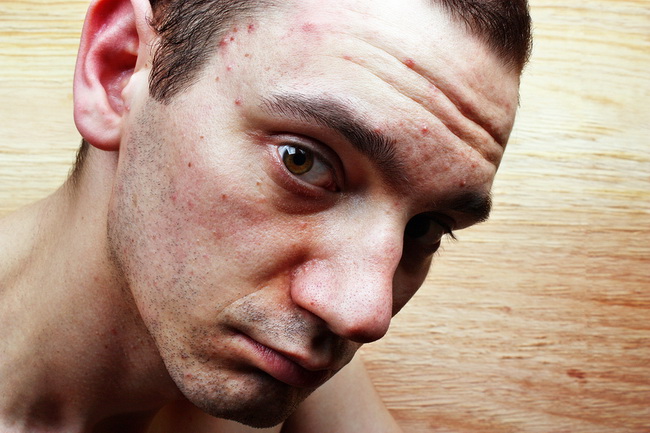- Make It Yourself Lavender Heart-Shaped Bath Bombs!
- 20 Things You Never Knew About “Down There”
- 12 Best Foods For Those Suffering From Arthritis Pain
- 12 Personal Hygiene Mistakes Almost Everyone Makes (Mom Never Told You About #4!)
- 15 Medicinal Plants And Herbs From The Cherokee People
- 12 Mind-Blowing Benefits Of Drinking Coconut Water During Pregnancy
- 12 Outstanding Winter Foods That Won’t Fatten You Up Like A Christmas Turkey
12 Non-Toxic Ways to Deal with Cystic Acne (Love #8!)

Photo credit: bigstock.com
Cystic acne is one of the most severe forms of acne. It causes significant skin damage, is very painful and often leaves scarring.. If you have never had one of these pimples, thank your lucky stars!
Cystic acne feels like a soft, fluid-filled lump right under the skin’s surface. It stubbornly remains, does not come to a head and does not go away easily.
Most cystic acne develops on the back, chest, upper arms and sometimes face. This type of acne occurs when sebaceous glands secrete excessive amounts of sebum, clogging the pores. This type of acne is different from normal acne in the way it develops. Clogged pores become inflamed deep beneath the skin’s surface, fill with pus, and, because it is deep under the skin, the oil and pus have nowhere to escape.
Although teenagers are most likely to see this problem due to hormonal changes, it can happen to almost anyone. The exact cause is unknown, but some of triggers include food allergens, genetics, internal inflammation and — the most likely cause — hormonal imbalance.
Standard remedies are potentially harmful and undesirable. These include:
- Antibiotics (Cysts return soon after the antibiotics are done)
- Steroid injections (These have side effects including burning and itching.)
- Birth control pills
- Topical applications of benzoyl peroxide (Which dry out the skin and causes redness)
- Accutane (Can cause dry eyes, mouth, headaches and yeast infections)
- Surgical intervention
If you would rather treat these cysts naturally and avoid the above treatments (and who wouldn’t?) try some of the 12 methods below. Keep in mind that not everything works for everyone, so if you don’t find relief from one method after a week or two, try another method.
Continue to Page 2
































